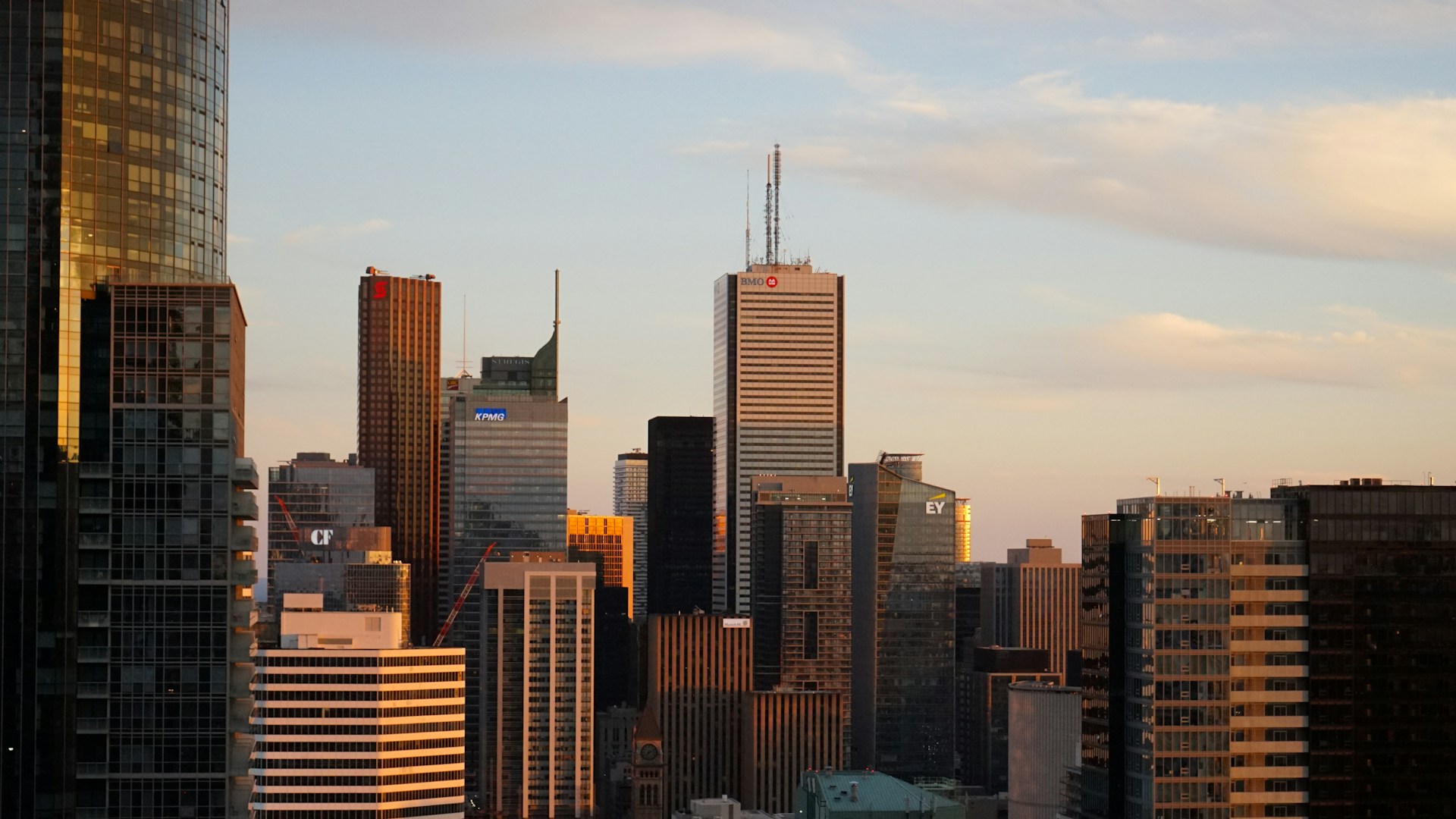As a landlord, one of the most significant risks you face is the possibility of tenant default. When a tenant fails to meet their obligations, especially in terms of rent payment, it could spell financial trouble for you. This concern is even more pronounced in the commercial property sector, where the stakes are higher. In this article, we’ll navigate through various strategies and legal provisions that could help you effectively manage the risk of tenant default in commercial properties in the UK.
Understanding the Tenant’s Business Model
Before you lease your commercial property, take time to scrutinize the tenant’s business model. Is it viable? Will it withstand harsh economic times? These are some of the questions you need to ask before entering into any lease agreement.
A voir aussi : How can UK property investors use real estate crowdfunding platforms effectively in 2023?
You need to conduct a thorough analysis of the prospective tenant’s business. Check the financial health of the business, its past performance, and its future prospects. Get to know the management team and their experience in managing similar businesses. Remember, the success or failure of their business will directly impact their ability to meet lease obligations.
The Importance of a Comprehensive Commercial Lease Agreement
The heart of your relationship with the tenant is the commercial lease agreement. This document stipulates the rights and responsibilities of both parties. It’s in your best interest to make this document as comprehensive as possible.
A lire également : What are the latest digital tools for UK landlords to manage properties more efficiently?
A good lease agreement will state clearly the rental payment terms, the lease period, the deposit required, and conditions for forfeiture of lease. It should also include provisions for insurance, maintenance, and repair of the property. It’s advisable to seek legal help in drafting the lease to ensure you’re adequately protected by law in case of tenant default.
Tenant Deposits and Rent Guarantees
One of the most effective ways to manage the risk of tenant default is to require a deposit at the start of the lease. This deposit acts as a security for the landlord, in case the tenant fails to meet their obligations.
In addition to the deposit, you might also consider asking for rent guarantees. A rent guarantee is a commitment by a third party – usually a reputable company or individual, to step in and cover the rent in case the tenant defaults. Rent guarantees provide an extra layer of security for landlords.
Taking Out Insurance Coverage
Insurance can be a vital tool in managing the risk of tenant default. There are insurance products designed to protect landlords from loss of rental income due to tenant default. These policies will compensate you for the lost rental income during the period it takes to find a replacement tenant.
While insurance comes at a cost, the protection it offers can provide peace of mind and financial stability. With insurance coverage, you can focus on managing your commercial properties without the constant worry of potential tenant default.
Knowledge of Legal Provisions and Effective Property Management
As a commercial property landlord, you need to stay updated with the legal provisions that protect you in case of tenant default. Laws related to commercial leases, property management, tenant eviction, and lease forfeiture are critical.
Effective property management goes hand in hand with legal knowledge. It involves maintaining a good relationship with your tenants, monitoring their business performance, and acting promptly when signs of default appear. Regular communication with your tenants will allow you to spot potential issues early and take necessary preventative measures.
In conclusion, managing the risk of tenant default in commercial properties in the UK involves a mixture of preventive and protective measures. These include understanding the tenant’s business model, drafting a comprehensive lease agreement, requiring deposits and rent guarantees, taking out insurance coverage, and staying updated with the legal provisions. By taking these steps, you can mitigate the financial impact of tenant default and ensure the profitability of your commercial property investment.
Effective Solutions for Recovering Rent Arrears
One key concern for commercial landlords is dealing with rent arrears – when a tenant falls behind on rent payments. A landlord with a strategic approach to this issue can mitigate potential losses and manage the situation effectively.
Begin by sending a formal reminder to the tenant when the rent is overdue. This can be done via email or letter and should clearly state the amount due and the due date. If the tenant still hasn’t paid within a week, a follow-up reminder may be necessary.
At times, a tenant may become a commercial tenant in arrears due to unforeseen circumstances. In such cases, it could be beneficial to work out a payment plan with the tenant, allowing them to make smaller, more manageable payments over a longer period. It’s essential to put any such agreement in writing, specifying the amount to be paid, the payment intervals, and the duration of the plan.
In extreme cases where the tenant fails to pay the rent persistently, consider taking legal action. Before doing so, it’s advisable to seek legal advice to understand the best course of action and the potential implications.
Know that eviction should be the last resort. Evicting a tenant can be a long and costly process and might leave the property vacant for a period.
Health Safety Compliance of Commercial Properties
Another crucial aspect in managing the risk of tenant default is ensuring the health safety compliance of your commercial properties. This involves making sure that your property meets all the necessary health and safety regulations.
A well-maintained property is less likely to run into issues that could potentially lead to disputes with tenants. Such disputes could, in turn, result in costly legal battles or, worse, tenant default.
Regular maintenance and safety checks can help identify and fix any potential health safety issues before they escalate. You should also keep a record of all maintenance and safety checks carried out – this can be useful in case of any disputes.
In addition, ensure that your tenants have a clear understanding of their health safety responsibilities. This can be achieved through effective communication and by including specific clauses in the lease agreement.
Conclusion
In the UK’s commercial real estate industry, managing the risk of tenant default can be a significant challenge. However, by understanding the tenant’s business model, drafting a comprehensive lease agreement, requiring deposits and rent guarantees, taking out insurance, ensuring health safety compliance, and staying updated with the legal provisions, you can navigate this challenge effectively.
Consider seeking professional assistance for legal advice and property management to ensure you’re taking all the necessary precautions. Remember, the goal is not only to protect your investment but also to maintain a good landlord-tenant relationship. By being proactive and strategic, you can manage risks and ensure the profitability and sustainability of your commercial property investment.






